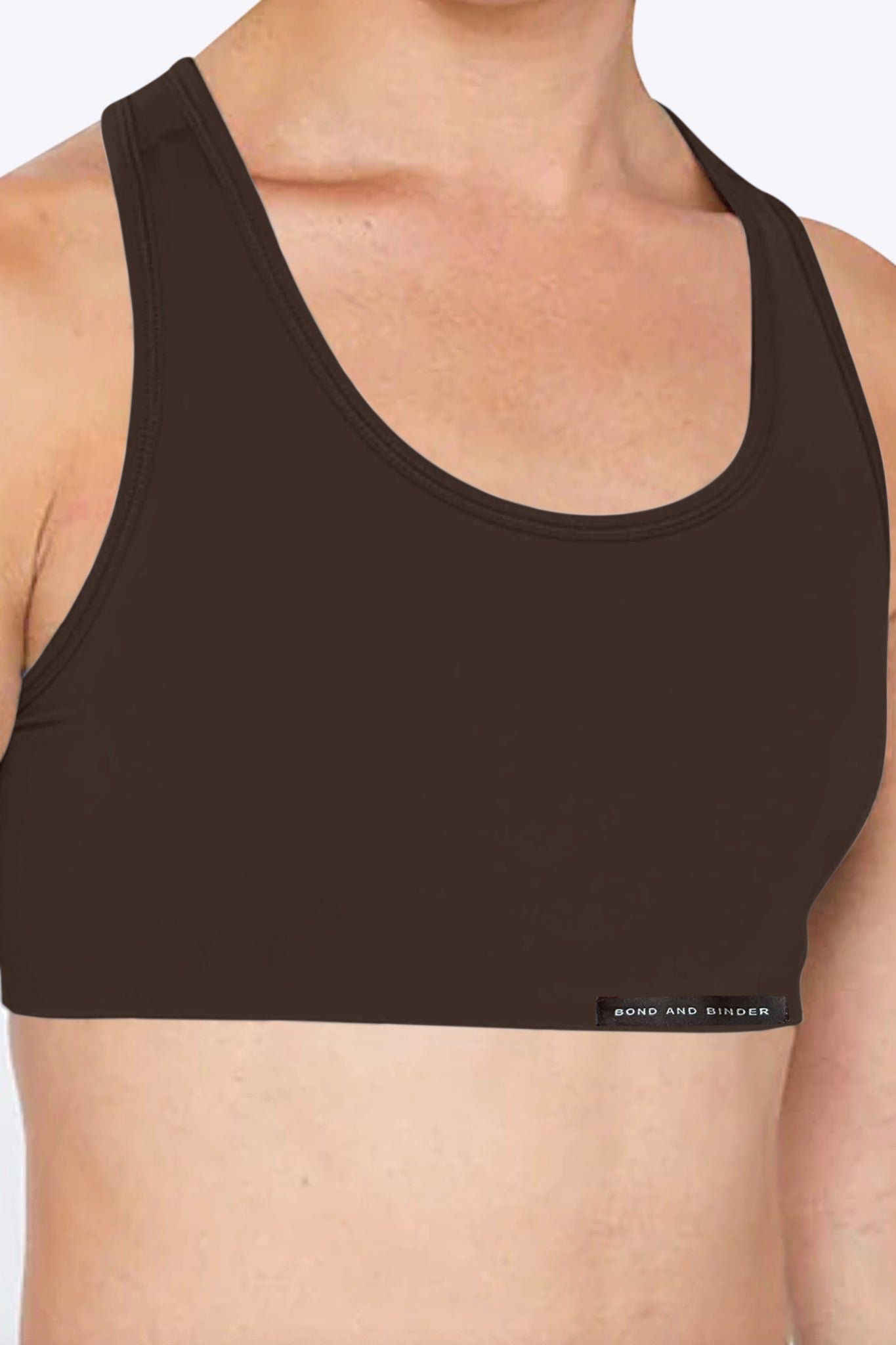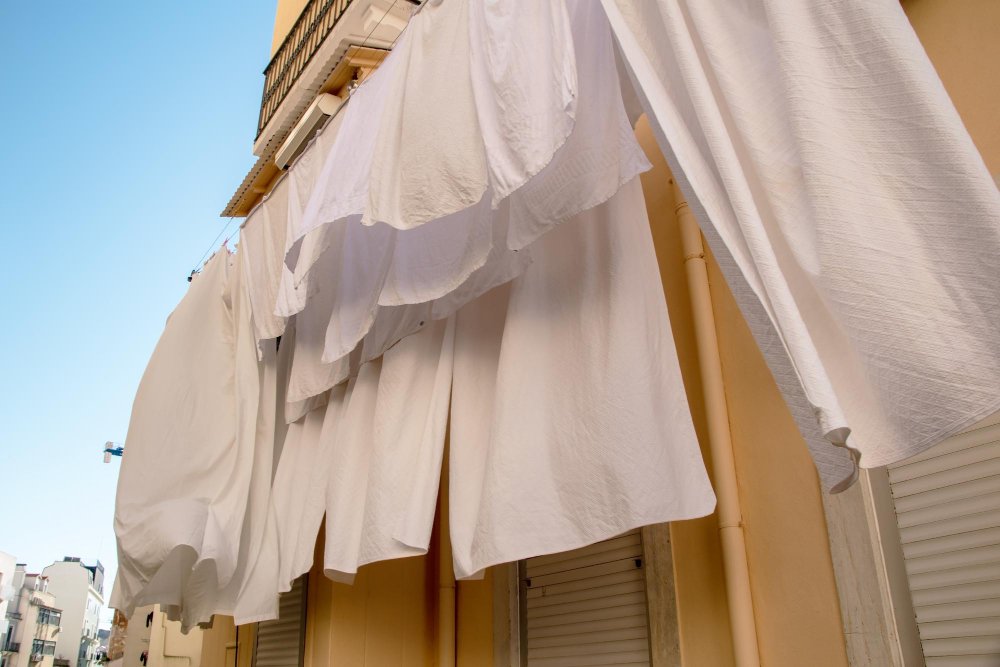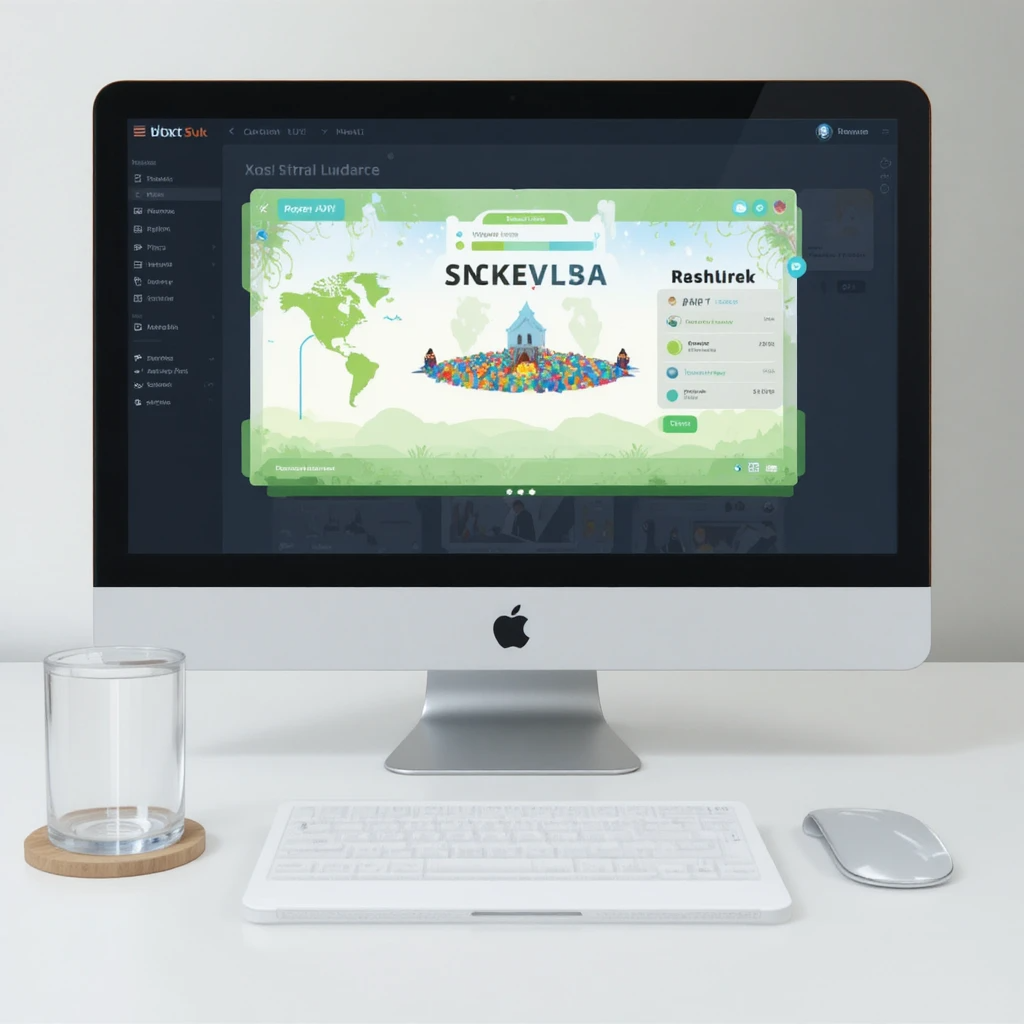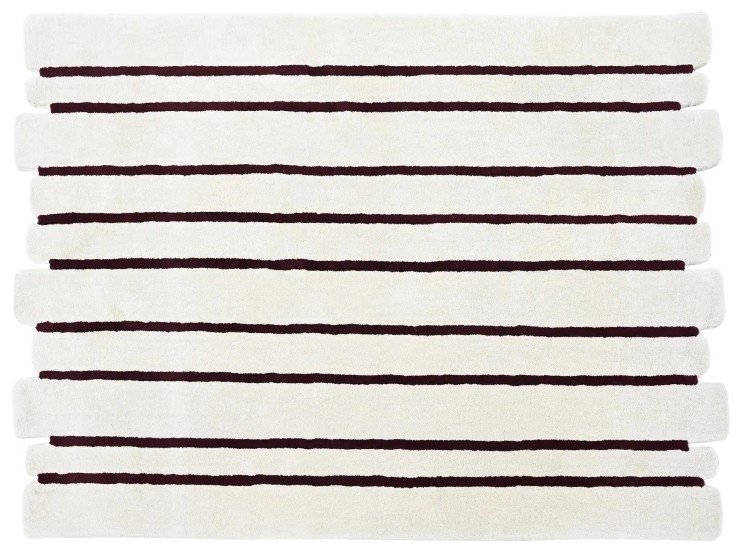Silk has always held a special place in the world of fashion due to its luxurious texture, natural sheen, and unmatched elegance. In Pakistan, silk dresses are considered an epitome of grace, often reserved for special occasions, weddings, formal gatherings, and festive events. Over the years, the popularity of silk dresses in Pakistan has grown immensely, evolving with trends while retaining their cultural charm. Whether it’s a traditional salwar kameez, an intricately embroidered saree, or a modern fusion ensemble, silk garments continue to captivate the hearts of Pakistani women across all age groups.
The Legacy of Silk in Pakistani Culture
Silk has a deep-rooted history in South Asian attire, particularly in Pakistan. Traditionally worn by queens and aristocrats, silk symbolized wealth and nobility. With time, this luxurious fabric became more accessible to the general public, yet it never lost its premium status. Pakistani fashion designers and local artisans embraced silk, using it to craft exquisite dresses that reflect both modern sophistication and classical elegance.
Cities like Karachi, Lahore, and Islamabad are home to several renowned silk vendors and designers who specialize in pure silk, chiffon silk, banarasi silk, and raw silk varieties. These fabrics are further adorned with hand embroidery, sequins, gota work, and zari embellishments, making them ideal for events like Eid, weddings, mehndis, and formal dinners.
Types of Silk Dresses Popular in Pakistan
- Raw Silk Dresses
Raw silk is a favorite for formal wear due to its slightly textured finish and structured drape. It is commonly used for tailored shalwar kameez suits, lehengas, and sarees. Raw silk dresses are perfect for bridesmaids or close family members at weddings, as the fabric provides a regal look without appearing overly flashy. - Banarasi Silk Sarees
A cultural treasure, Banarasi silk sarees are known for their intricate gold and silver brocade work. These sarees are especially popular among women in Punjab and Sindh during wedding seasons. Many brides in Pakistan opt for a Banarasi silk saree for their walima (reception), paired with heavy jewelry and a classic hairstyle. - Chiffon Silk Gowns and Maxis
For those who prefer a modern silhouette, chiffon silk is a top pick. Flowing gowns, floor-length maxis, and cape-style abayas made from chiffon silk offer a graceful yet contemporary look. These styles are frequently seen at engagement parties and evening functions. - Silk Shalwar Kameez
The most widely worn traditional attire in Pakistan, shalwar kameez made with silk fabric elevates the outfit to a more festive and luxurious level. From minimalist embroidery for semi-formal gatherings to elaborate zari work for weddings, silk shalwar kameez outfits remain a timeless choice.
Why Silk Dresses Remain in Demand
Several factors contribute to the continued popularity of silk dresses in Pakistan:
- Timeless Elegance: Silk never goes out of fashion. Its smooth texture and natural shine give it a premium look, suitable for both traditional and modern outfits.
- Comfort and Durability: Despite its luxurious feel, silk is breathable and comfortable to wear in Pakistan’s varying climate. When properly cared for, silk dresses last for years.
- Cultural Relevance: Silk is deeply woven into the fabric of Pakistani celebrations. Whether it’s a bridal shower or Eid dinner, wearing silk is often seen as a mark of style and respect.
- Designer Collections: Many Pakistani designers such as Maria B, Elan, Sania Maskatiya, and HSY frequently include silk in their festive and bridal collections. These designer outfits, often combining silk with net, velvet, or lace, reflect a harmonious blend of tradition and innovation.
Styling Silk Dresses: Tips for Every Occasion
- Formal Weddings: Opt for a heavily embroidered raw silk lehenga or saree in jewel tones like emerald, maroon, or sapphire. Pair it with statement jewelry and embroidered heels.
- Festive Events: Choose a silk kurti with gota work or digital prints, styled with a contrasting dupatta and cigarette pants. Add jhumkas and khussas to complete the look.
- Office Parties or Semi-Formal Events: A silk tunic or long shirt in pastel colors with minimal embroidery paired with straight pants offers a sleek and sophisticated appearance.
- Casual Get-Togethers: Lighter silk blends like cotton-silk or crepe-silk can be worn as everyday luxury. These materials offer a soft drape and can be styled with simple accessories.
Where to Shop for Silk Dresses in Pakistan
- Local Markets: Anarkali Bazaar (Lahore), Tariq Road (Karachi), and Jinnah Super (Islamabad) are popular places to find quality silk fabrics and ready-made outfits.
- Online Retailers: Websites like Khaadi, Sana Safinaz, Gul Ahmed, and Limelight offer ready-to-wear and unstitched silk collections, making it easy to shop from home.
Conclusion
Silk dresses in Pakistan are more than just fashion—they are a symbol of elegance, culture, and tradition. Whether it’s a bride dazzling in a silk lehenga or a guest gracefully draped in a silk saree, the fabric’s allure is undeniable. With its rich legacy, versatile styling options, and ongoing popularity among designers and consumers alike, silk continues to reign supreme in the Pakistani fashion landscape. Investing in a silk dress is not only a style statement but a timeless addition to any wardrobe.
















Leave a Reply